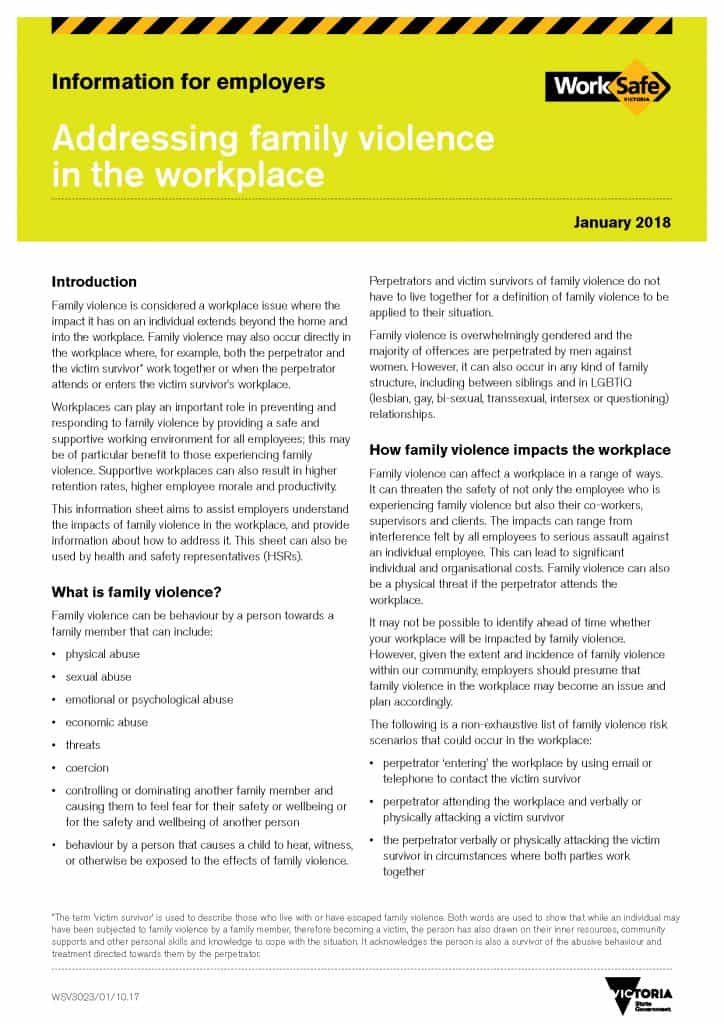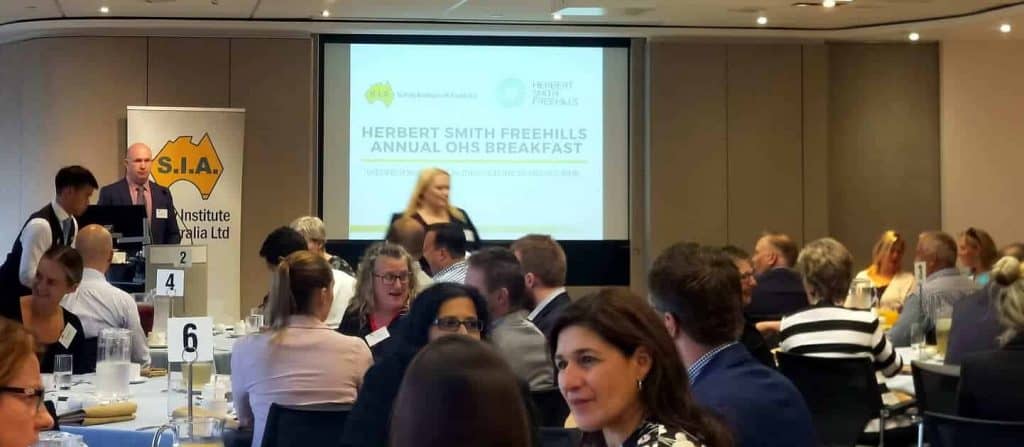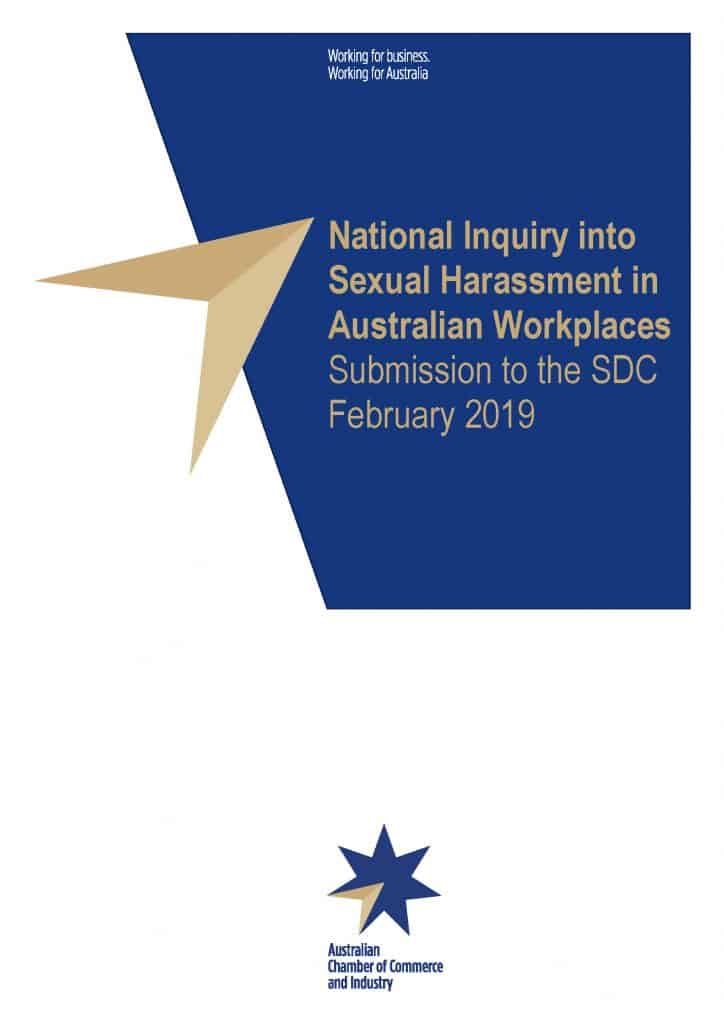
In March 2019, the Northern Territory government released its “Best Practice Review of Workplace Health and Safety in the Northern Territory”. This report was written by Tim Lyons who reviewed the Queensland work health and safety (WHS) Laws not so long ago. Lyons is creating a career path as sustainable as Alan Clayton who seems to have reviewed all the workers’ compensation systems in the Asia Pacific!
There are many similarities between the two reports which is not surprising – same Model WHS laws, same reviewer….. Yes, Industrial Manslaughter laws were recommended but this is almost a pro forma recommendation at the moment, as it has been supported by at least two State governments, recommended in a Senate inquiry into industrial deaths and pragmatically recommended by the Boland Review. In many ways these WHS-related reviews are feeding off each other.



